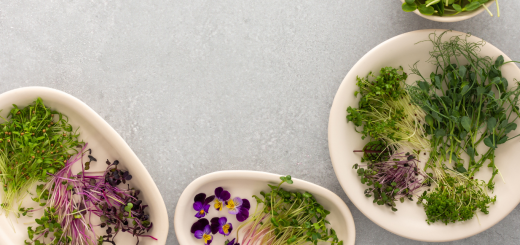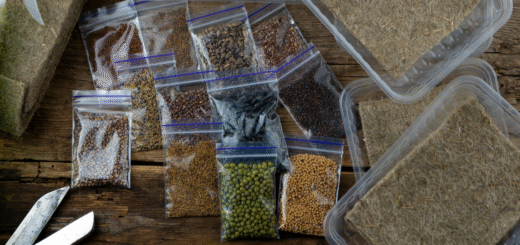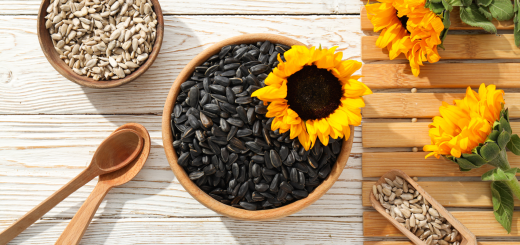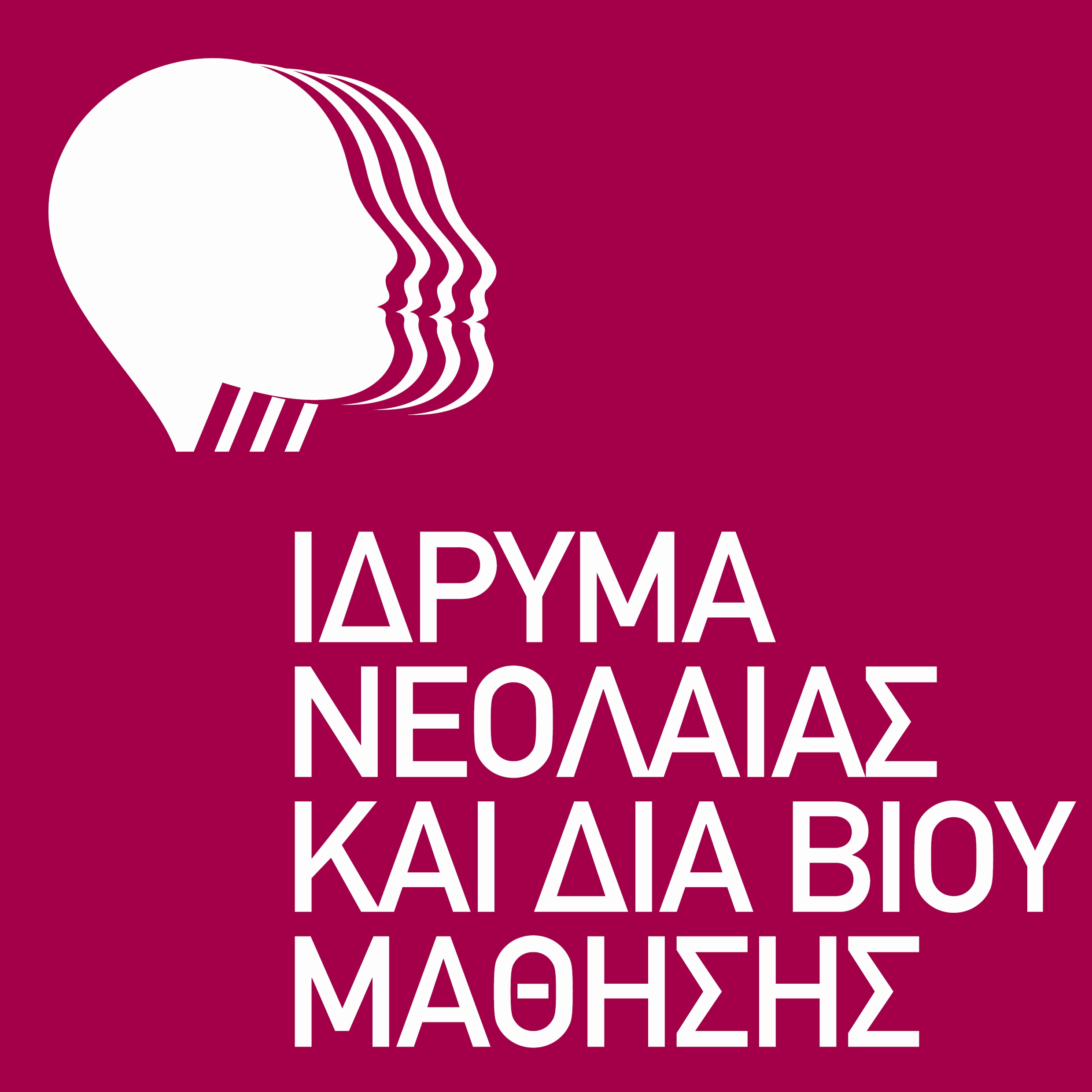Art with Microgreens: From Decoration to Botanical Photography
Microgreens are not only captivating for their nutritional value but also for their appearance. If you’ve been observing them for a while, like we have, you’ve probably already noticed how adorable and visually charming they are. In previous articles, we’ve discussed their health benefits, but today we want to explore another aspect that makes them so special: their aesthetic and artistic value.
These tiny plants, with their slender stems crowned by vibrant leaves, look like miniature works of art. In our office, we’re surrounded daily by several varieties, and I confess, my favorite one is radish—with that deep purple color and its slightly larger leaves (ironic, isn’t it?: large within the miniature world of microgreens), personally, stunning. Let me show you all the beauty they can offer and how people exploit it…
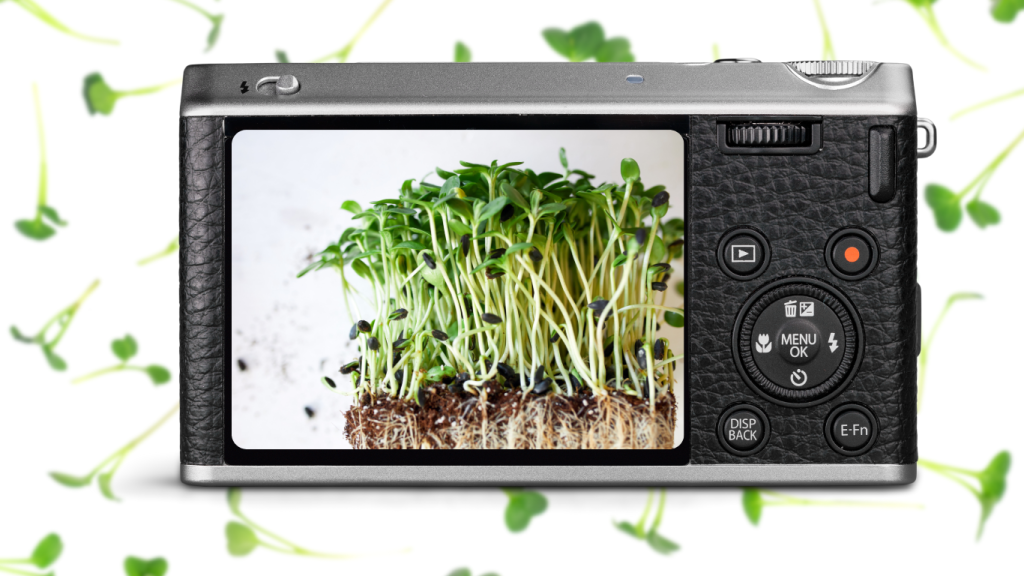
Beyond the Plate: Microgreens as Art
While it’s true that microgreens have become popular in haute cuisine as edible decorations— something we’ll definitely explore in another article—their beauty also makes them perfect for the world of visual art.
One of the most fascinating uses I’ve discovered is their inclusion in botanical photography, a discipline that seeks to capture both the aesthetic and scientific essence of plants and plant-based elements. Microgreens, with their wide range of shapes, colors, and textures, make ideal subjects for this kind of photography. Imagine a composition featuring microgreens of different species, captured in a single photo: an explosion of green, purple, pink, and natural light.
More and more people are also incorporating microgreens into their home decor. Small pots in the kitchen, table centerpieces with freshly cut sprout trays, or even living wall art using them as decorative elements—they bring freshness and a natural touch into a home. A perfect combination of functionality and decoration.
And here comes one of the most innovative ideas: microgreens as inspiration for fashion design. On Pinterest, I found illustrations of mannequins adorned with various microgreens as if they were living textiles, forming dresses, skirts, or botanical headpieces. Can you imagine a runway show where models walk in designs made entirely of living sprouts? It would be a magical fusion of nature, art, and creativity.
In conclusion, microgreens are not just superfoods—they are artistic elements that we can incorporate into our lives in unexpected ways. From the plate to the wall, from a camera lens to a designer’s sketchbook, with creativity, these tiny sprouts hold immense potential.
So what about you? How would you incorporate microgreens into your artistic life?
Carlota


